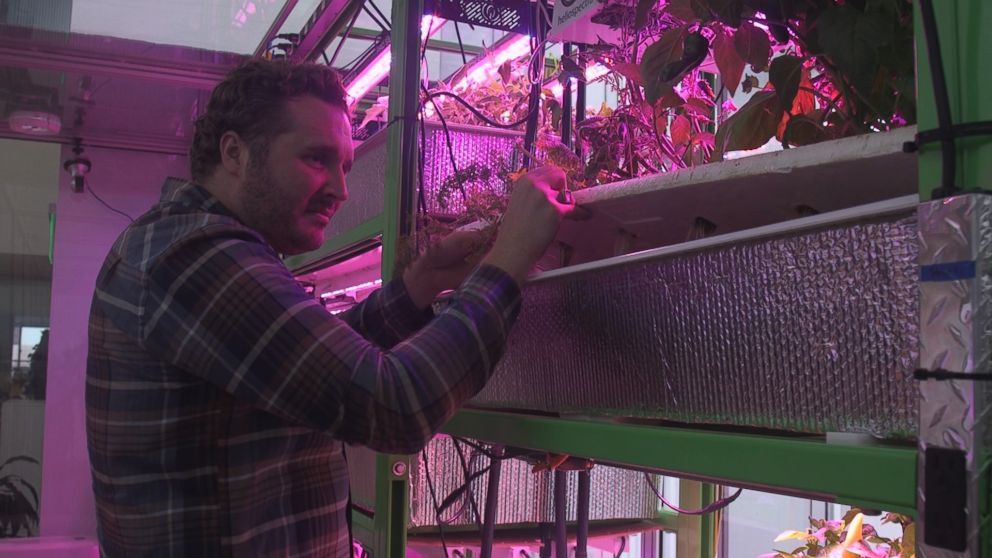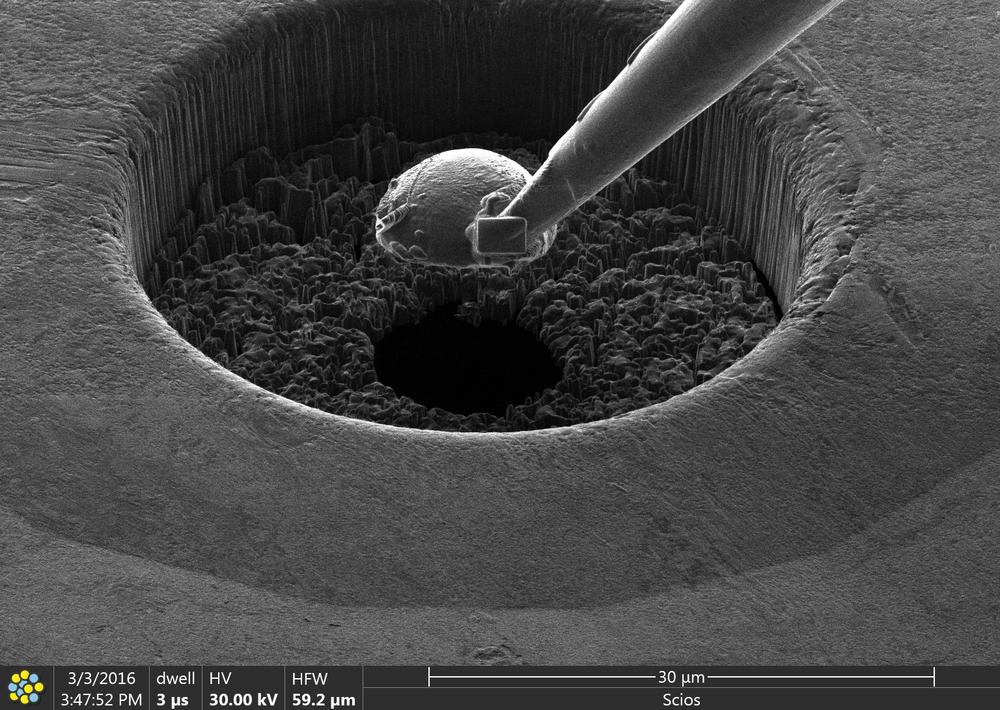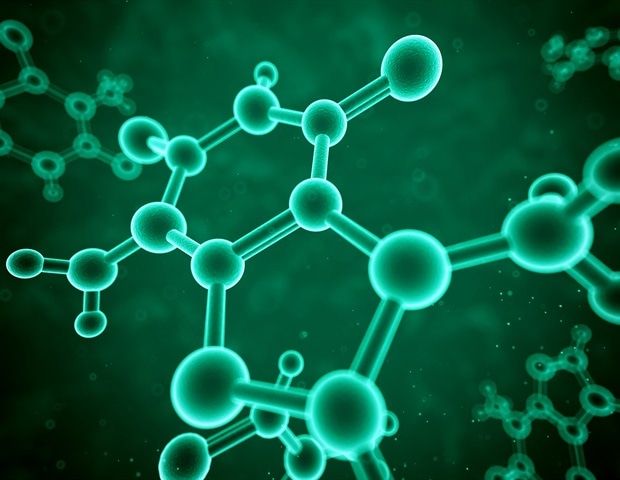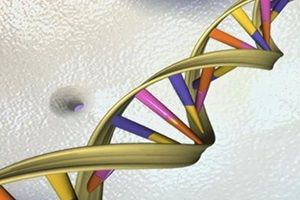Page 11364
Jul 11, 2016
FDA study using genetically engineered cells to treat cancer kills three people
Posted by Karen Hurst in categories: bioengineering, biotech/medical, genetics, neuroscience
(NaturalNews) Earlier this month, Juno Therapeutics, a pioneer in the field of treating cancer using genetically engineered cells, had to halt the development of its lead treatment after the death of three leukemia patients enrolled in the study.
The Seattle-based biotech company reported that the deaths of all three patients, who were in their 20s, were linked to swelling in the brain. The swelling occurred after the company added a second chemotherapy drug to the treatment procedure.
The news of the patient deaths is a big blow for the biotech startup that is developing a new experimental therapy known as chimeric antigen receptor T-cell (or CART) immunotherapy. The setback will likely delay the company’s aim of introducing it to the market by 2017, Juno executives said in a conference.
Continue reading “FDA study using genetically engineered cells to treat cancer kills three people” »
Jul 11, 2016
Research suggests common blood cancer could be prevented before it develops
Posted by Karen Hurst in category: biotech/medical
They discovered that changes in the bone marrow needed for the cancer to grow have already taken hold in the preceding condition, raising the possibility that early medical intervention could prevent this incurable type of cancer from taking root.
The research, which was funded by the blood cancer charity Bloodwise, is published in the journal Leukemia.
Myeloma affects the plasma cells, a type of white blood cell that originates in the bone marrow. Diagnosed in over 4,000 people a year in the UK, fewer than half of patients survive for longer than five years after diagnosis. Symptoms often include debilitating and painful bone damage, anemia and nausea.
Jul 11, 2016
This Food Computer Will Allow Anyone, Anywhere to Be a Farmer
Posted by Karen Hurst in categories: computing, food
Caleb Harper turned his career of designing data centers into a quest to help the next generation of farmers.
Jul 11, 2016
Stanford University Researchers Help DARPA Create Mathematical Framework for Network Pattern Discovery
Posted by Karen Hurst in categories: engineering, information science, mathematics
The Defense Advanced Research Projects Agency has demonstrated a new mathematical framework that works to help researchers discover patterns in complex scientific and engineering systems. DARPA said Thursday researchers at Stanford University created algorithms designed to explore patterns in data in order to gain insights into network structure and function under the Simplifying Complexity in Scientific Discovery [ ].
Jul 11, 2016
Biodiversity, GMOs, Gene Drives and the Militarized Mind
Posted by Karen Hurst in categories: biotech/medical, existential risks
Nice callout of the Gates Foundation.
“Amaranth, Amaranto, love-lies-bleeding, tassel flower, Joseph’s coat, or ramdana (gods own grain) is the grain of well-being,” Shiva writes. (Photo: Elizabeth Weller/flickr/cc)
A recent report from the National Academy of Science of The United States, titled “Gene Drives on the Horizon: Advancing Science, Navigating Uncertainty, and Aligning Research with Public Values,” warns:
Continue reading “Biodiversity, GMOs, Gene Drives and the Militarized Mind” »
Jul 11, 2016
‘Nano scalpel’ allows structuring of samples with nanometre precision
Posted by Karen Hurst in categories: biological, nanotechnology
A new “nano scalpel” enables scientists at DESY to prepare samples or materials with nanometre precision while following the process with a scanning electron microscope. The Focused Ion Beam, or FIB, microscope which has now gone into service also allows a detailed view of the inner structure of materials. The device was purchased by the University of Bayreuth, as part of a joint research project on the DESY campus funded by the Federal Ministry of Research. The FIB will be operated at the DESY NanoLab jointly with the University of Bayreuth.
“The microscope is not only able to examine microscopic defects, cracks or point-like corrosion sites underneath the surfaces of materials, but also to machine the surface of samples with extremely high precision, on a nanometre scale,” explains Maxim Bykov, project scientist from the University of Bayreuth. A nanometre is a millionth of a millimetre. The ion beam can be used to remove material as though it were a microscopic milling machine; as a result, the combined ion beam and electron microscope is particularly interesting for a wide range of applications in nanotechnology, materials science and biology.
“Apart from examining the structure of materials, the ability of the ion beam to remove material also leads to a wide range of different applications,” says Natalia Dubrovinskaia who is a professor at the University of Bayreuth and in charge of the joint research project (No. 05K13WC3). One example is the preparation of tiny diamond anvils, which are used to hold samples during ultra high-pressure experiments. The diamonds used for this are so small that there is no other way of preparing them. The ion beam microscope allows so-called double-staged diamond anvil cells to be prepared with nanometre precision. The ultra high-pressure experiments are carried out at DESY’s Extreme Conditions Beamline (ECB) P02.2, headed by DESY scientist Hanns-Peter Liermann.
Continue reading “‘Nano scalpel’ allows structuring of samples with nanometre precision” »
Jul 11, 2016
Mussels inspire scientists to attach biologically active molecule to titanium surface
Posted by Karen Hurst in categories: biotech/medical, materials
Very cool; another example where nature inspires others. Einstein was inspired often by nature and its environment.
Titanium is used medically in applications such as artificial joints and dental implants. While it is strong and is not harmful to tissues, the metal lacks some of the beneficial biological properties of natural tissues such as bones and natural teeth. Now, based on insights from mussels—which are able to attach themselves very tightly to even metallic surfaces due to special proteins found in their byssal threads—scientists from RIKEN have successfully attached a biologically active molecule to a titanium surface, paving the way for implants that can be more biologically beneficial.
The work began from earlier discoveries that mussels can attach to smooth surfaces so effectively thanks to a protein, L-DOPA, which is known to be able to bind very strongly to smooth surfaces such as rocks, ceramics, or metals. Interestingly, the same protein functions in humans as a precursor to dopamine, and is used as a treatment for Parkinson’s disease.
Jul 11, 2016
Nano-tech: How your DNA can enhance the power of computing
Posted by Karen Hurst in categories: biotech/medical, computing, nanotechnology
I am glad others are seeing the light.
It holds the key to the future of bio-technology and computing.
Jul 11, 2016
BRCA mutations linked to prostate and uterine cancers
Posted by Karen Hurst in categories: biotech/medical, genetics
Personally; I have heard this several years ago from some medical researchers. Glad that more have concluded this tie.
Genetic mutations on several genes including BRCA2 have been associated with prostate cancer; while in a separate study, a BRCA1 mutation has been linked to a particular form of uterine cancer.
The first study, published in the New England Journal of Medicine, found that 12 percent of men with advanced prostate cancer had inherited mutations in genes involved in the repair of damaged DNA.
Professor Johann de Bono of the Institute of Cancer Research in London and the Royal Marsden NHS Foundation Trust, who led the study, said: ‘Our study has shown that a significant proportion of men with advanced prostate cancer are born with DNA repair mutations – and this could have important implications for patients.













